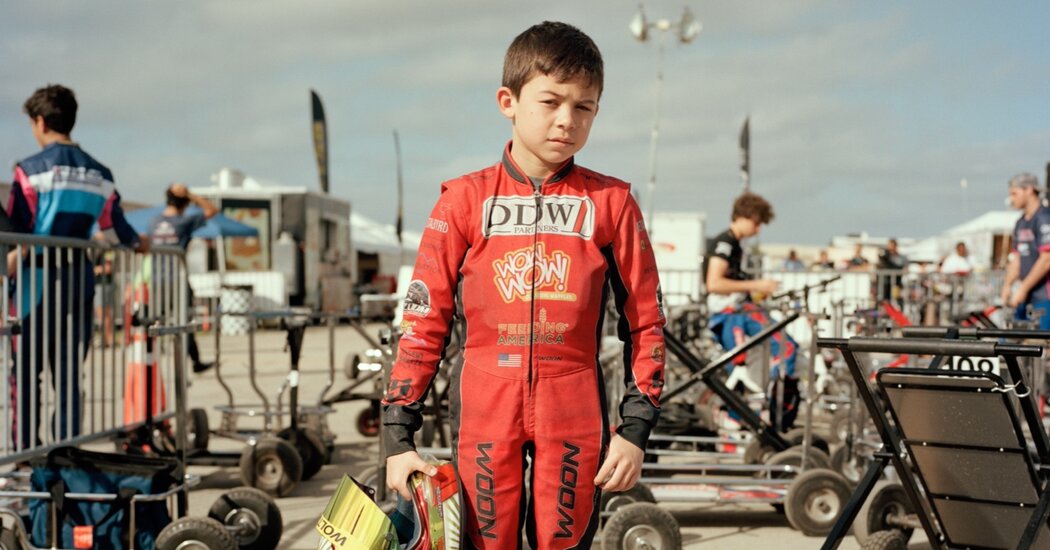A Curtain Call for Racing Season in Upstate New York
You might think of Saratoga Race Course as a theater.
There is the backstage area, known in racing as the backstretch. In the morning, well-to-do horse owners mix with trainers, exercise riders and grooms as they prepare for the afternoon show. Horses are washed and brushed. Tours come through with curious fans eyeballing the whole scene.
On the other side of the curtain is the racetrack, where expensive thoroughbreds race for tens of thousands of dollars, or more, 10 times a day, and the grandstand, which has its own mingling of hard-core horseplayers alongside local families on a cheap day out.
Fans arrive in the early morning hours to stake out a picnic table, whose value soars nearly to priceless by the time racing starts. On a big day, space is at a premium, with the well-heeled and dressed-up sitting in private boxes with names like Whitney and Phipps on them and the less fortunate scrambling for a place at the rail.
Once a four-week sprint, Saratoga’s race meeting has grown so popular that it has been expanded to nearly eight weeks, with the country’s most important summer racing. The biggest race, the Travers Stakes on Aug. 26, was won by Arcangelo, the Belmont Stakes winner, defeating Mage, the Kentucky Derby winner, and National Treasure, the Preakness winner.
Still, the celebratory mood has been dampened by the deaths of a dozen horses, which has sparked medical reforms and consideration of a change to the track’s surface.
The meet ends on Monday with the Hopeful Stakes, for 2-year-olds whose owners are dreaming of next year’s Triple Crown and Travers.


